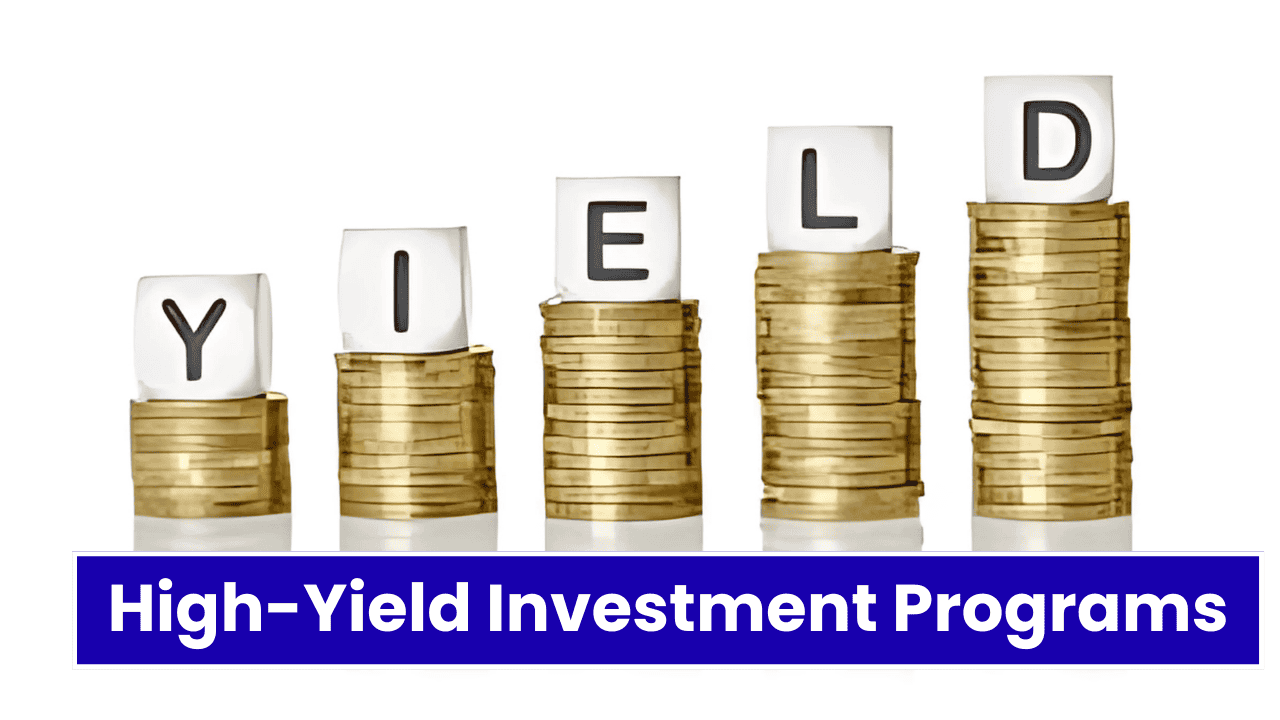High-yield investment programs (HYIPs) often sound like a golden opportunity for investors. They claim to deliver exceptionally high returns, sometimes promising daily or weekly profits far beyond what traditional investments can provide. These schemes usually operate online and attract people who are eager to multiply their money quickly.
However, the reality is much more complicated. While the idea of high-yield investments may sound appealing, many HYIPs are fraudulent operations, often structured as Ponzi schemes. Understanding how these programs work, their risks, and warning signs is crucial for anyone considering them.
What Are High-Yield Investment Programs?
High-yield investment programs are typically unregulated online schemes that advertise extraordinary returns, often ranging from 1% to 10% per day. They may claim to invest in foreign exchange trading, cryptocurrency, or other complex financial instruments.
To help clarify, the table below highlights key features of HYIPs compared to legitimate investments:
| Aspect | HYIPs | Legitimate Investments |
|---|---|---|
| Return Rate | Extremely high (unrealistic) | Moderate, based on market performance |
| Regulation | Often unregulated, offshore | Regulated by financial authorities |
| Transparency | Limited or no details on operations | Clear disclosures and audited reports |
| Risk Level | Extremely high, often results in loss | Varies, but generally measurable |
| Business Model | Frequently Ponzi-based | Backed by assets, companies, or markets |
| Accessibility | Easy online signup, minimal verification | Requires due diligence and compliance |
| Longevity | Usually short-lived | Sustainable for long-term investors |
How Do HYIPs Work?
Most HYIPs depend on continuous inflow of new investors. Returns paid to early participants usually come from the money deposited by later investors rather than actual profits. As soon as recruitment slows down, the scheme collapses, leaving many investors with heavy losses.
Common promises made by HYIPs include:
- Guaranteed daily or weekly returns without risk
- Anonymous or offshore operations
- Referral bonuses for recruiting new members
Why Are HYIPs Risky?
The risks of HYIPs are significantly higher than traditional investments:
- Lack of Regulation – They often operate outside any financial authority, making recovery of funds nearly impossible.
- Ponzi Scheme Structure – Early investors may profit, but the majority lose their money when the system fails.
- False Marketing – Promises of guaranteed high returns are misleading and unrealistic.
Red Flags to Identify HYIP Scams
Recognizing potential scams can save investors from losses. Warning signs include:
- Promises of fixed, unrealistic returns (such as 5% daily).
- Pressure to recruit friends and family for bonuses.
- Lack of verified financial information or audited reports.
- Offshore bank accounts and anonymity of program operators.
Safer Alternatives to HYIPs
Instead of gambling money in HYIPs, investors can explore safer, long-term options such as:
- Mutual funds and exchange-traded funds (ETFs)
- Bonds, treasury bills, and other fixed-income securities
- Regulated cryptocurrency exchanges and investment platforms
These options may not deliver instant wealth but are backed by transparent structures and regulated markets.
FAQs on High-Yield Investment Programs
Are HYIPs legal?
Most HYIPs are unregulated and often illegal, especially when structured as Ponzi schemes.
Can I make money from HYIPs?
Some early investors may profit, but most participants lose money when the scheme collapses.
How can I protect myself from HYIP scams?
Always research investments, check regulation status, and avoid programs that promise unrealistic returns.
Conclusion
High-yield investment programs may appear attractive, but they come with enormous risks. In most cases, these schemes collapse quickly, leaving the majority of investors with losses. Recognizing red flags, conducting proper research, and opting for regulated investment vehicles are the best ways to protect your financial future.
In investing, if something sounds too good to be true, it usually is. Understanding the risks of HYIPs is the first step toward making smarter financial decisions.
Disclaimer: Investments in financial markets involve risks, including possible loss of principal. Always do your own research or consult a financial advisor before making any investment decisions.

